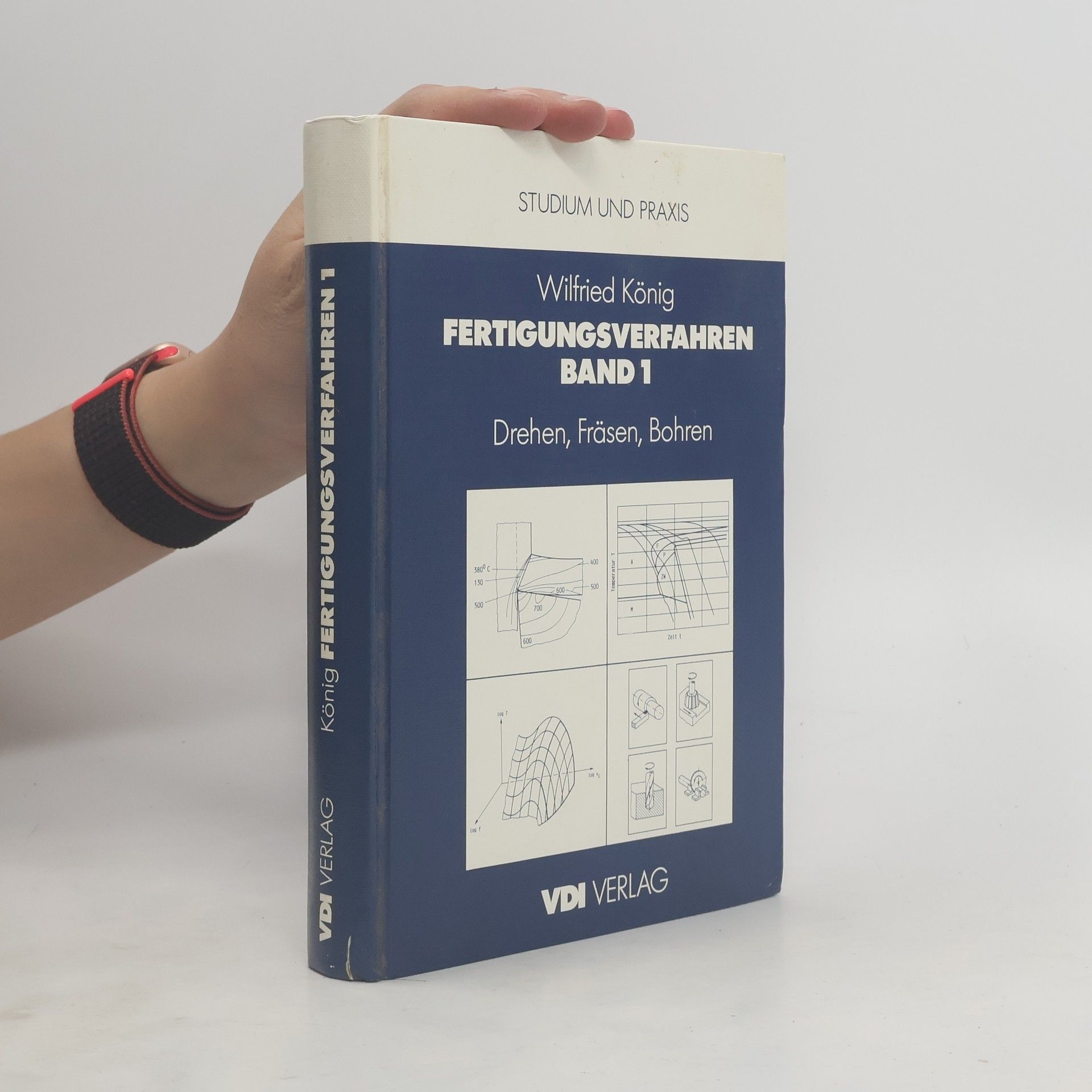Modeling and Planning of Manufacturing Processes
- 250 páginas
- 9 horas de lectura
"Modeling and planning of manufacturing processes" provides the reader with detailed information about the different kinds of numerical modeling methods for the manufacturing processes forming, cutting and grinding, integrated in technology planning and design of process chains. Basic approaches in modeling are presented. The orientation towards industrial applications for many kinds of modeling methods was evaluated. Empirical, analytical and numerical models are introduced. Finite Element Methods (FEM) are widely applied in the design of new manufacturing tools, their application is described and numerous application examples of FEM are presented. The method is a valuable device for the process planner for the design and the analysis of the metal forming process. Even complex forming processes can be analysed by means of the FEM. The interested reader receives profound information for the modeling approaches in forming, cutting, grinding, and the integration of these tools into complex technology planning systems.

